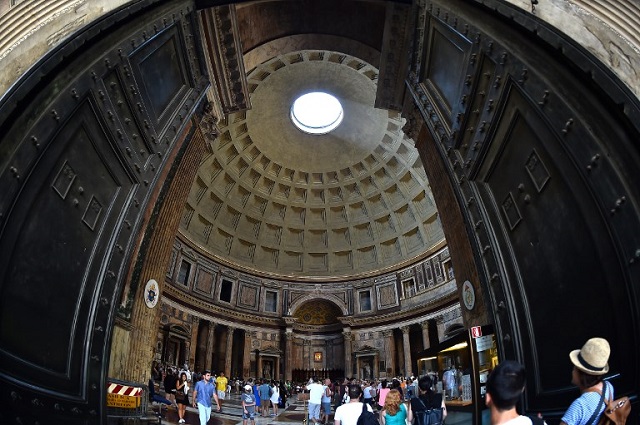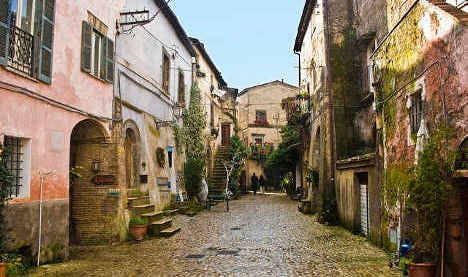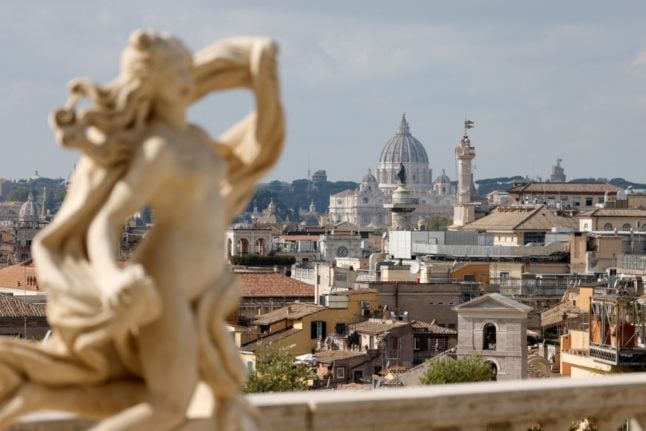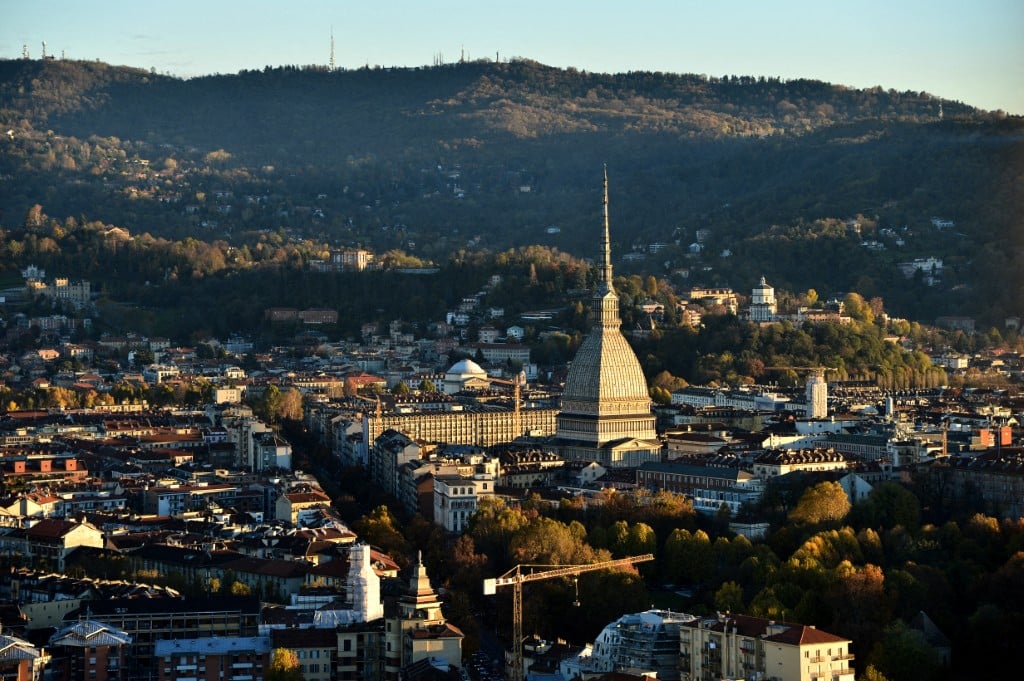Tickets will cost €2 and will be introduced on May 2nd, 2018, so locals and those planning to visit the capital before then still have a chance to visit the site for free. And even after the fees have been introduced, it will still be possible to attend religious services at the Pantheon without paying.
The decision to charge visitors was first mooted in September last year, as The Local reported at the time, in order to help cover the high running costs of the monument — one of the few ancient Roman sites in the capital which had not already introduced a fee.
On Monday, the ministry confirmed that the revenue generated by the fee would go towards “development and protection of the monument, maintenance and guaranteeing increased security during visits”.
READ ALSO: Woman arrested for damaging Pantheon's ancient candelabra
The Pantheon was built over 2,000 years ago on the orders of Emperor Hadrian, and last year almost eight million people visited the monument.
It started out as a pagan temple, and is one of the best preserved ancient Roman monuments, mainly because it was turned into a church in 609 AD.
One of the building's most intriguing features is the oculus, a 30-foot opening built into the dome which illuminates the entrance with a beam of natural light. The dome was the largest in the world until the 15th century, and is still the biggest un-reinforced concrete dome ever constructed.
The Pantheon also contains the tombs of Victor Emmanuel II, the first king of united Italy, his successor, Umberto I, and the Renaissance artist and architect Raphael.
READ ALSO: Ten must-see places within reach of Rome
Photo: Alessandro Bovini





 Please whitelist us to continue reading.
Please whitelist us to continue reading.